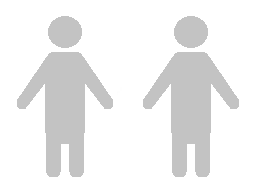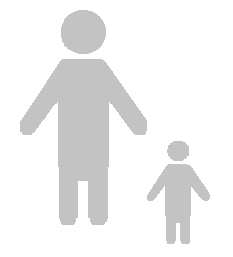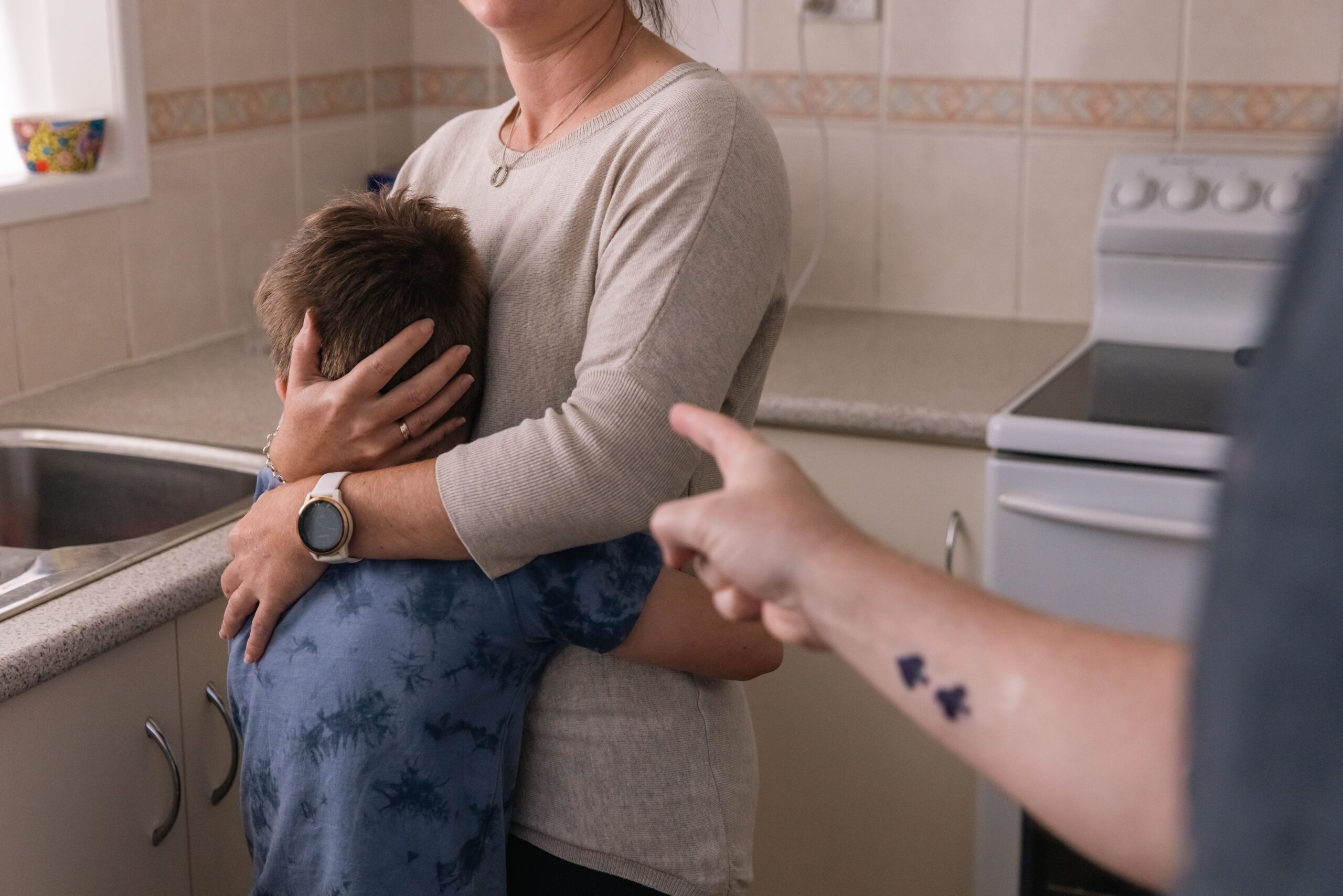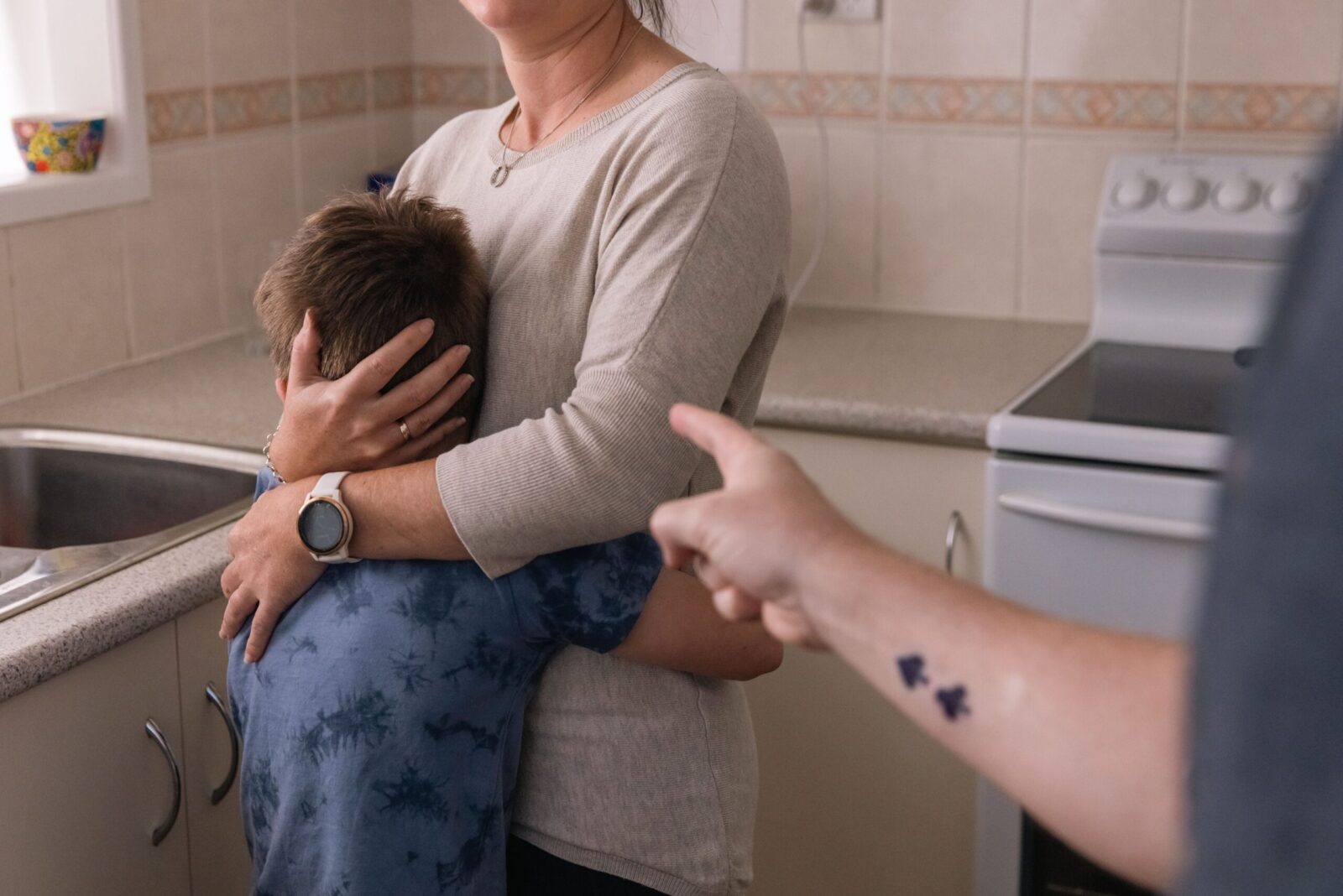What is domestic violence?
Abuse is very different to conflict.
In common couple conflict, the interactions happen between people with an equal balance of power and control. Common couple conflict can often be resolved in a helpful way.

However, in an abusive relationship, the conflict that occurs involves one partner having power over the other, and uses it to cause fear and intimidation. One partner feels entitled, privileged and justified, while the other feels diminished, disrespected and intimidated.

Not all domestic violence is physical in nature. Abuse can be emotional, which can encompass verbal, financial, social and psychological abuse. Emotional abuse can have just as strong and long-lasting an impact as physical violence.
Emotional abuse occurs when a person is subjected to certain behaviours or actions that are aimed at preventing or controlling their behaviour with the intent to cause them emotional harm or fear. These behaviours are characterised by their intent to manipulate, control, isolate or intimidate the person they’re aimed at. They are generally repeated behaviours and include psychological, social, economic and verbal abuse.

Domestic violence statistics
In 2012 the Australian Bureau of Statistics conducted a Personal Safety Survey that collected information about the nature and extent of violence experienced by men and women since the age of 15, including their experience of violence in the 12 months prior to the survey. 17,050 men and women took part. This survey sheds some light on the prevalence and impact of domestic violence in Australia.
Physical and sexual violence
An estimated 17% of all women and 5.3% of all men had experienced physical or sexual violence by a partner since the age of 15. That’s nearly one in six women, and nearly one in twenty men.
Emotional abuse
An estimated 25% of all women and 14% of all men had experienced emotional abuse by a partner since the age of 15. That’s one in four women, and around one in seven men.
Of the men, 46% experienced anxiety or fear due to the emotional abuse. 76% of the women experienced anxiety or fear.
What is emotional abuse?
For the above research, a person was considered to have experienced emotional abuse where they had been subjected to one or more of the following behaviours. These behaviours were repeated with the intent to prevent or control their behaviour and were intended to cause them emotional harm or fear.
- Stopped or tried to stop them from contacting family, friends or community.
- Stopped or tried to stop them from using the telephone, internet or family car.
- Monitored their whereabouts (e.g.. constant phone calls).
- Controlled or tried to control where they went or who they saw.
- Stopped or tried to stop them knowing about or having access to household money.
- Stopped or tried to stop them from working or earning money.
- Stopped or tried to stop them from studying.
- Deprived them of basic needs such as food, shelter, sleep or assistive aids.
- Damaged, destroyed or stole any of their property.
- Constantly insulted them to make them feel ashamed, belittled or humiliated.
- Lied to their children with the intent of turning them against them.
- Lied to other family members or friends with the intent of turning them against them.
- Threatened to take their children away from them.
- Threatened to harm their children.
- Threatened to harm other family members or friends.
- Threatened to harm any of their pets.
- Harmed any of their pets.
- Threatened or tried to commit suicide.
Seeking advice or support
For both current and previous partner violence, men were less likely than women to seek advice or support about the violence. 70% of men and 39% of women had never sought advice or support about the violence by their current partner.
The impact on children
Of the men and women who had experienced violence in their relationships in the past and had children in their care at the time, 34% of the men and 48% of the women stated that their children had seen or heard the violence.
Changes in prevalence of violence over time
Between 2005 and 2012 there was no statistically significant change in the proportion of women and men who reported experiencing partner violence in the 12 months prior to the survey.
Conclusions
Both women and men experience violence – physical and emotional – in their relationships. The idea that men do not experience abuse or violence is simply not true.
However, it’s quite clear that women are more likely to experience physical or sexual violence and emotional abuse than men.
Furthermore, women are more likely to experience fear or anxiety as a result of their emotional abuse. Of the men who experienced this kind of abuse, less than half felt anxious or afraid about it. This speaks a lot about the levels of power and control men typically have in abusive relationships compared to women.
One troubling finding is that men are less likely to report the abuse or to seek help for it. It’s clear that men face more barriers to seeking help than women. This could be due to the lack of availability of services for men, gendered attitudes commonly held about abuse, or both.
That so many children are witnessing the abuse of their parent is also worrying and can have long term effects on a child’s wellbeing.
Finally, over the past seven years, there’s been no change in the prevalence of domestic violence in Australia. It would seem that this is a wide-reaching social issue that needs preventative measures, such as education on healthy and respectful relationships, positive role models and a systemic approach.
If you need help
If you are in an abusive or violent relationship, please know you are not alone. Support is available.
DVConnect (http://www.dvconnect.org) runs two 24/7 domestic violence hotlines, Womensline on 1800 811 811 and Mensline on 1800 600 636. They provide support and can link you in with services if you’re experiencing crisis.
1800RESPECT offers a telephone support line for domestic violence and sexual assault, and also does online counselling: https://www.1800respect.org.au/telephone-and-online-counselling
Men’s Line (1300 789 978) is a 24/7 telephone and online support service for men in Australia: https://www.mensline.org.au
Finally please check out the services listed on http://qlddomesticviolencelink.org.au
Remember if you are at any immediate risk, please do not hesitate to call 000.
Sources
- Experience of partner violence: http://www.abs.gov.au/ausstats/[email protected]/Lookup/4906.0Chapter7002012
- Experience of emotional abuse by partner: http://www.abs.gov.au/ausstats/[email protected]/Lookup/4906.0Chapter8002012
- Actions taken in response to partner violence: http://www.abs.gov.au/ausstats/[email protected]/Lookup/25AF91125718ADF1CA257C3D000D856A?opendocument
- Consequences of family violence: http://www.abs.gov.au/ausstats/[email protected]/Lookup/2A75B2D3461A186CCA257C3D000D8653?opendocument
- Changes in prevalence of partner violence over time: http://www.abs.gov.au/ausstats/[email protected]/Lookup/4923E61E9B7AD9A0CA257C3D000D8520?opendocument
